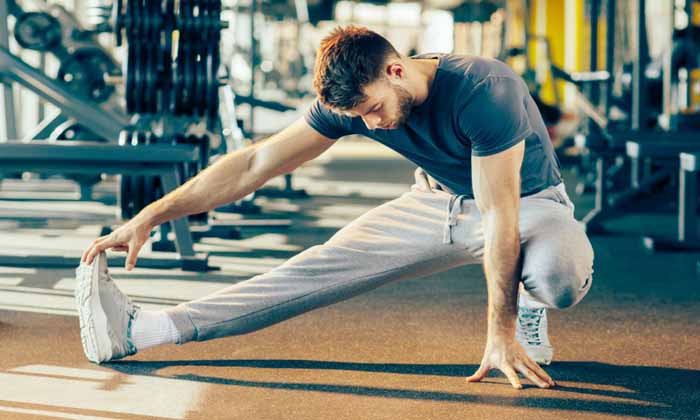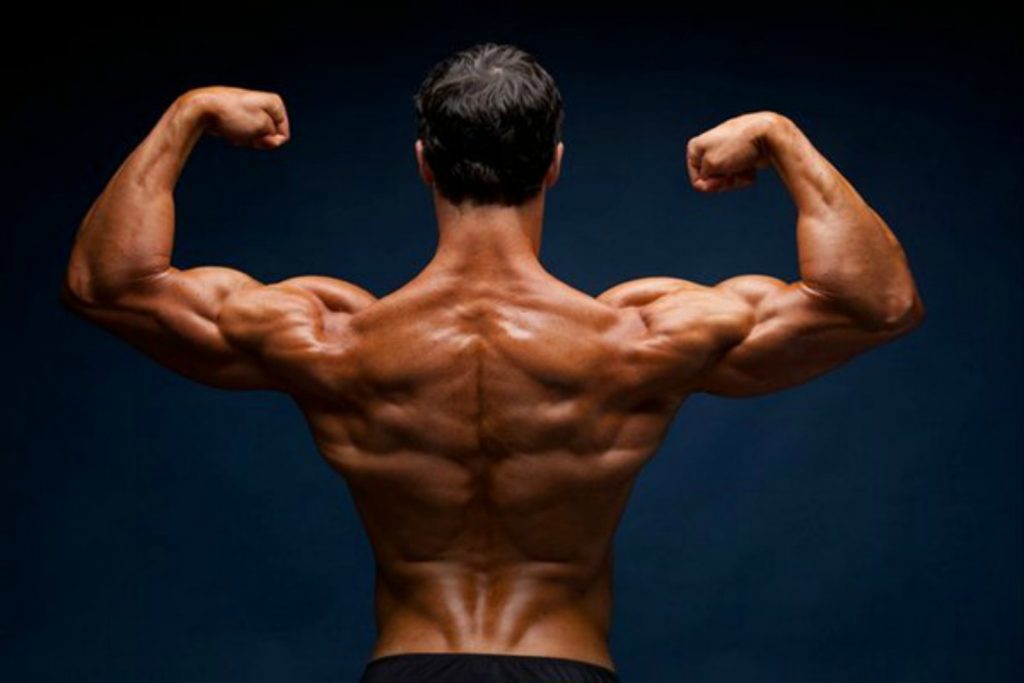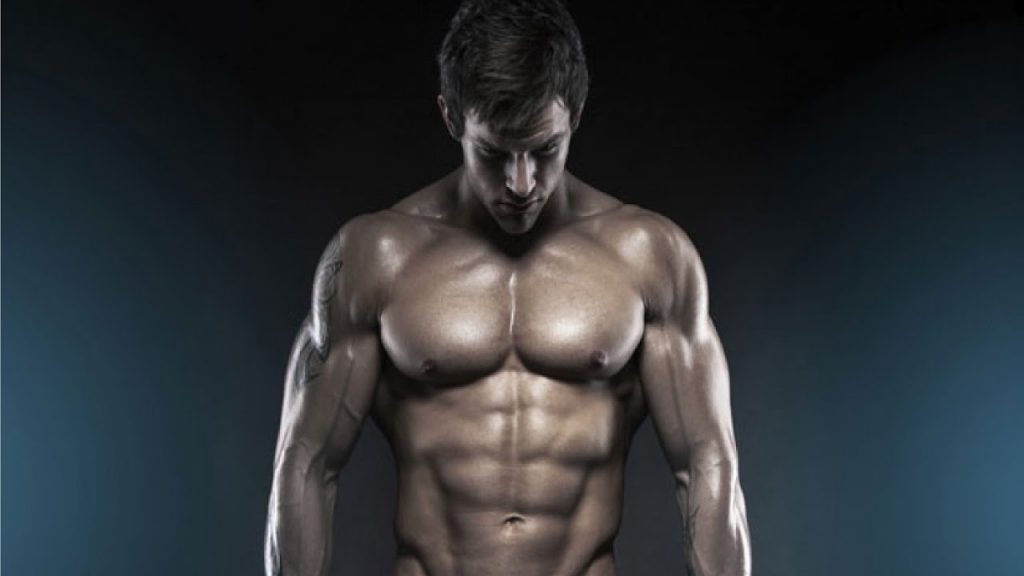The importance of Warming

Much of the time you see people stretch their legs before a race, or stretch any part of their body before training. It is also very popular for people to start warm-up sets before the actual weight training session begins.
All about warming
Proper warm-up, stretching, and cool-down is critical in bodybuilding , though often overlooked in parts of a training program.
Although these components of training are very basic, many people tend to overlook a good warm-up, stretch, and cool-down and wonder why they don’t feel ready to lift high weights. I call these aspects the forgotten elements of training, since they are techniques that are almost never seen in gyms.
Warming up has many benefits. The main benefit of warming up is the prevention of injuries because blood is pumped to the area we want to train that day, reducing the probability of a pulled muscle or a joint injury.
Warming up is a great way to increase flexibility before a heavy set. By training the muscles with relatively small weights, through an identical range of motion, it stretches the muscle correctly and avoids any muscle pull when using high weights.

The warm-up is not only a safety measure – it also has positive effects on a bodybuilder, because after a warm-up, strength and attention should be focused peaking. Warming up has many physical and mental benefits.
Stretching and cool-down go hand-in-hand mostly because they come after a workout, while a general warm-up precedes a training session. Their main benefit is to increase recovery, and these activities also contribute to overall muscle health.
Lubricate the joints
Let’s say a lifter is ready and mentally prepared that day for a full set of barbell squats, 150 kilos of 5 reps. You hit the gym and your legs aren’t hot. He goes to the squat rack and puts on 80 kilos. He gets into the right shape but he can’t get all the way down. Luckily, you can push a light weight with the help of the cage.
If you had skipped the warm-up and put the 150 kilos on in one go, you would have pushed your legs to an extension beyond the maximum point and likely pulled your muscles or broke your joints.
So the same lifter decides to do 3 warm-up sets with 40-60-80 kilos to get the blood pumping and oxygen in his legs. When it goes up to 120-150, it is much more flexible. After 3 warm-up series, it can be said that the knees are fully lubricated, so there are no injury problems.
Steps to heat
Continuing with the squat lifter example
The first goal of a warm-up should be to give the muscles a light pump of blood. This is best accomplished by completing 1-2 sets of 8-12 reps with a very easy weight.
This step will prepare the muscles for large warm-up sets and eventually high-weight training. You also get a good lifting mood. So for our 150X5 squat lifter, his first 3 sets might look like this:
40 kilos at 12 repetitions
60 kilos at 8 repetitions
80 kilos at 6 repetitions

The next step in the warm-up is to prepare the muscles for the heavy weights. The next two sets to come are very close to the weight that will be used for the first set of work, but it will only be 1 or 2 reps – this is so that you don’t fatigue the muscles and that no micro-trauma occurs too early. Your 2 series can be like this:
100 kilos at 3 repetitions
120 kilos at 1-2 repetition
The last step is to make sure you get 2-3 minutes of rest after your last big warm-up. This will allow the minimal amount of fatigue that occurred to go away, but it is also short enough time for the muscles to maintain high blood flow.
After this, don’t repeat the heating process! Just keep doing heavy sets (most lifters do 2-4 sets of one exercise).
150 kilos at 3-6 repetitions
150 kilos at 3-6 repetitions
Leave a Reply